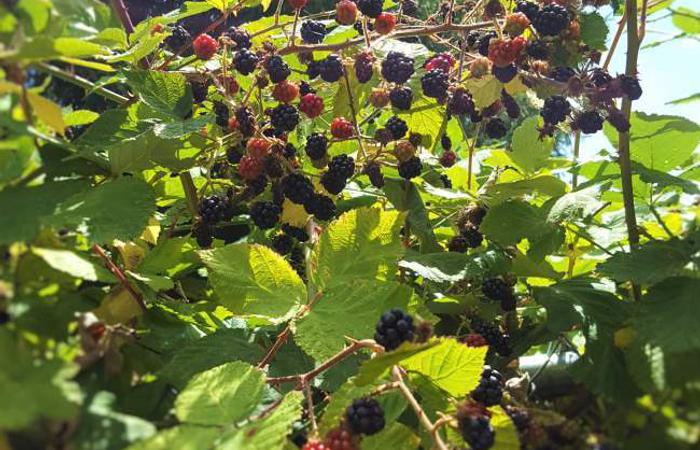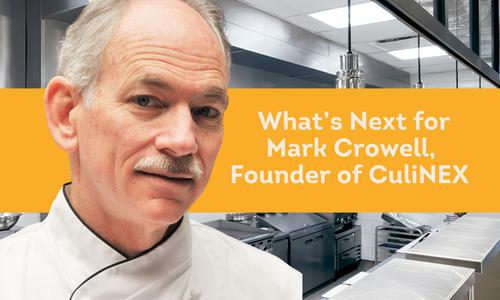
Eat Your Weeds: A Primer on Foraging
What does foraging mean exactly, and where should you start? Check out these tips from one of our food scientists, Lesley Werblin.
Food foraging has become a recent interest of mine, which began when I moved to Seattle in the middle of the summer months. I ws amazed at all the green spaces and colors around the city and in the neighborhoods. The Seattle University campus does a wonderful job of incorporating edible plants into their landscaping, which includes apples, rhubarb, blueberries, roses, hazelnuts, figs, cherries, and a plethora of herbs especially lavender and rosemary that love this Northwest climate. Taking over a p-patch (the Seattle term for a community garden plot or allotment) in the middle of the summer season and exploring the city on foot, kick-started my interest in edible plants and foraging.

Lesley Werblin
Where Are They?
Once I discovered how easy it was to identify a few common edible plants, I started seeing them everywhere! Even near the parking lot of our very own test kitchen is a volunteer pear tree, patches of wild fennel, dandelion greens under our picnic blanket where we eat lunch al fresco, and just across the street there are blackberry vines dripping with ripe fruit in summer.

Lesley Werblin
Blackberry Take Over
If you’ve ever been to the Pacific Northwest, you may have noticed the abundance of prickly vines on the side of almost every major highway and small country road. Nothing is more frustrating than sitting in Seattle traffic staring out the car window at beautifully ripe and dark blackberries only a few feet away, but out of reach. If you find a patch of blackberry brambles that can easily be reached and out of a high traffic zone, the culinary options for blackberries are endless: pie, jam, jelly, fruit leather, barbecue sauce, marinades and even beef jerky!

food52.com
Fennel Forests
I’ve learned that foraging is about exploring and curiosity. A plant that looked a lot like a fennel frond caught my attention and upon closer inspection, a good sniff and a few minutes of rummaging around I learned that it was in fact fennel and that unfortunately, wild fennel in Seattle does not produce the big beautiful white bulbs of other varieties. But, there are so many other things to do with the fennel fronds, stalks, pollen, and seeds! A little curiosity, exploration, courage and creativity left me with a delicious fennel and onion marmalade.

httpwwwbotanicalartspress.com
Eat Your Weeds!
The wild edible that’s easiest to find is a weed we are all familiar with: the dandelion. And they can be delicious! In Seattle they can be found almost everywhere and if harvested while small they can be used raw in salads. When they’re more mature the greens are great cooked or sautéed a la creamed spinach.

Lesley Werblin
Apples Abound
Washington is the largest apple producing state in the country and the trees flourish in the Seattle area. I’ve come across many old apple and pear trees that are where you might expect, in yards and neighborhood green spaces. But sometimes they pop up unexpectedly in parking lots and on roadsides. Whether planted in an orchard many years ago, a personal garden or an accidental tree, they are a fantastic surprise for any forager.

Lesley Werblin
Eating local has been one of the burgeoning food trends for some time now. The best ingredients may be closer than you think! What are some of your favorite local ingredients? Let us know if the comments below!








